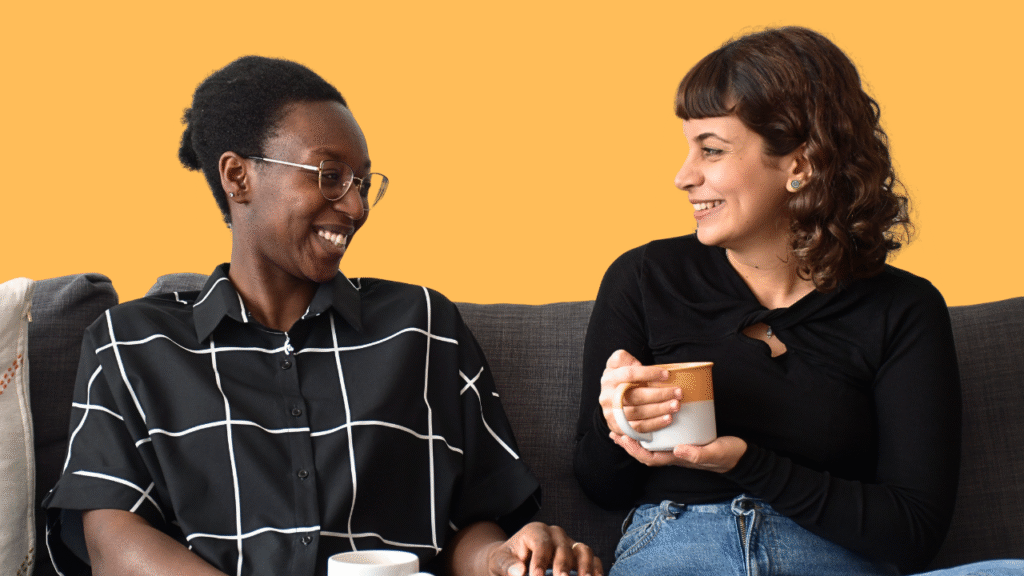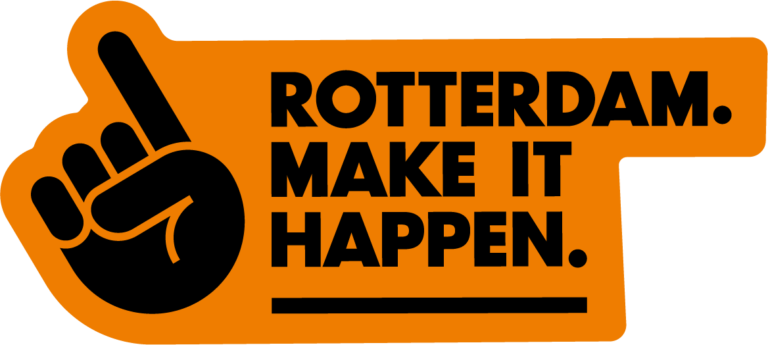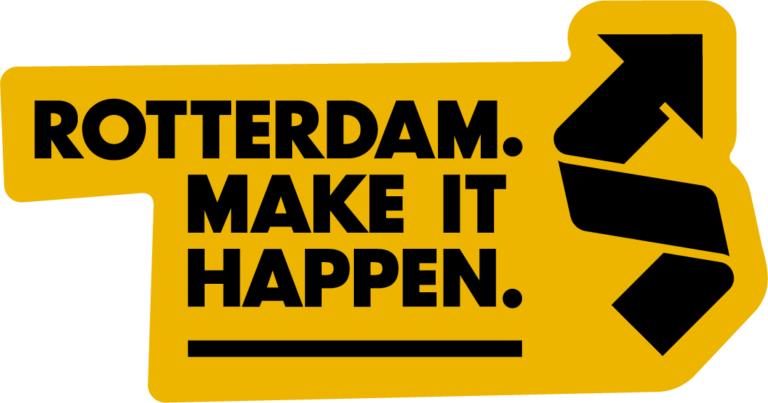This past week, we — Design to Connect — took over the Placemaking Europe Instagram channel for five days of reflection. Through video, storytelling, and podcast snippets, we explored some of the often unspoken questions in urban design and placemaking: What worldviews are shaping our designs? How do the bodies we revere in society impact our city-making? And what role does “inner change” play in the transformation of our cities and systems?
Each day, we peeled back a different layer of design and city-making, inviting the community to reflect on what healing-centered and life-affirming practices might look like in our collective work.
Day 1 — The Transition We’re In: From Separation to Connection
We began by asking: What worldview are we designing from?
Our co-host, Arezoo, reflected on how dominant paradigms – shaped by industrial and imperial logics – have taught us to view the world as a machine. In this view, cities become sites of extraction, people become parts of this machine, and design becomes a tool for control and efficiency.
But what if we are entering a new era, one where we move from separation to connection?
We shared a clip from our Healing podcast season featuring Sabrina & mayed of Pause and Effect, who speak about decolonisation, liberation, and reimagining design and research as tools of reconnection.
Day 2 — Who We Design For: From Tolerance to Celebration
Who do we truly respect in our societies?
Khadidja took us into the realm of identity, inclusion, and the idea of designing not just for diversity — but with it, from it, and through it. We questioned the longstanding practice of designing for a default “productive male user” and considered what it would mean to celebrate our full, layered identities.
In a snippet from our episode with Natasha Heath, a postpartum educator, we explored how the roots of non-inclusive cities often trace back to who is made visible, and who is not.
Day 3 — Why We Design: From Dominance to Reciprocity
Arezoo returned to ask: What if care was a design principle?
She reflected on a belief many of us carry, that human presence is inherently harmful. This mindset, she shared, has prevented us from imagining a role for ourselves as reciprocal beings, capable of living in relationship with one another and the Earth.
Drawing on Indigenous wisdom and Robin Wall Kimmerer’s Braiding Sweetgrass, we invited a rethinking of care not as a “nice extra,” but as a fundamental truth of life on Earth.
“All flourishing is mutual,” Kimmerer writes — and that includes how we build, relate, and design.
We shared podcast moments with Seth Kaplan, Hans Karssenberg, and Khadidja on care work, belonging, and redefining value through care.
Day 4 — How We Design: Relation Over Solution
What if design wasn’t about solving problems — but nurturing relationships?
Khadidja shared the story of two villages separated by a river. The obvious solution? Build a bridge. But instead, the community began gathering, eating together, and singing by the water. Trust formed first — the bridge came later.
This day focused on co-creation, horizontal collaboration, and middle-up-down approaches that honor the expertise of everyone involved.
We featured a snippet from our conversation with Viviana Cordero on child-centered cities, and highlighted Shawn Adams’s work on youth-led design — reminding us that the most powerful design begins by listening.
Day 5 — The Invitation: Co-Creating What Comes Next
We closed the week with an invitation:
Our next podcast season asks: How can we design cities that nourish the soul?
We’re diving into themes of spiritual placemaking, ancestral knowledge, and faith-informed design — and we’d love your input. Know someone we should feature? An idea or practice to highlight? Let us know. Let’s co-create this together.
About Design to Connect
Design to Connect is a podcast, research, and storytelling space exploring the intersection of design and belonging.
Co-hosted by Arezoo Mohebpour and Khadidja Salamah Konate, we draw from participatory design, decolonial thought, Indigenous knowledge systems, systems thinking, and the emotional and spiritual dimensions of city-making.
You can find us on LinkedIn, Instagram, Spotify, YouTube, and Substack.
Tools & Resources Featured in the Week
Books
- Josephine Green on worldviews & the transition era
- Emergent Strategy by adrienne maree brown
- Braiding Sweetgrass by Robin Wall Kimmerer
- Fragile Neighborhoods by Seth Kaplan
- Invisible Women by Caroline Criado Perez
- The 7 Active Listening Rules by Marianella Sclavi
- Loneliness in Europe reports (JRC)
Projects
Tools
Design to connect episodes
- Episodes with Dinara Mukh, Hans Karssenberg, Lamia and Lily, Natasha Heath, Nourhan Bassam, Pause and Effect, Shawn Adams, Seth Kaplan, and Viviana Cordero.
Reflection Prompts Shared
- What worldview are you designing from?
- Which layers of identity do we celebrate — and which do we overlook?
- How can we design spaces that invite reciprocity?
- What would it look like to center care in your city or practice?
- If you could redesign your city to be more relational, where would you start?
Let us know what resonated most, or what you’re still wondering.
With care,
Design to Connect







